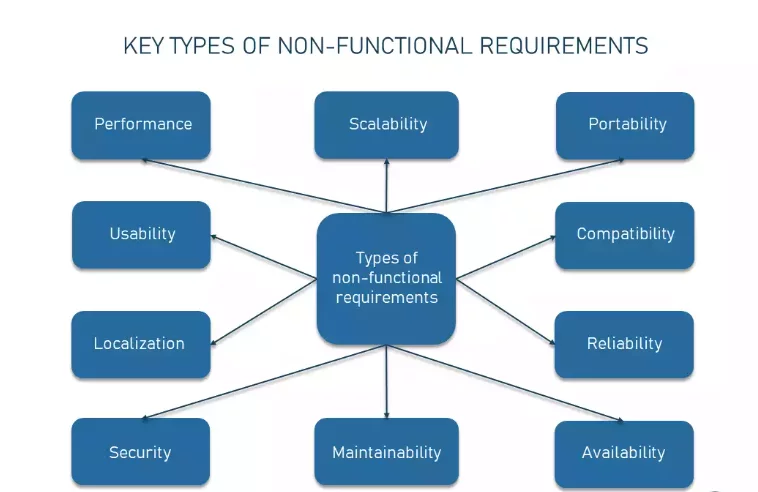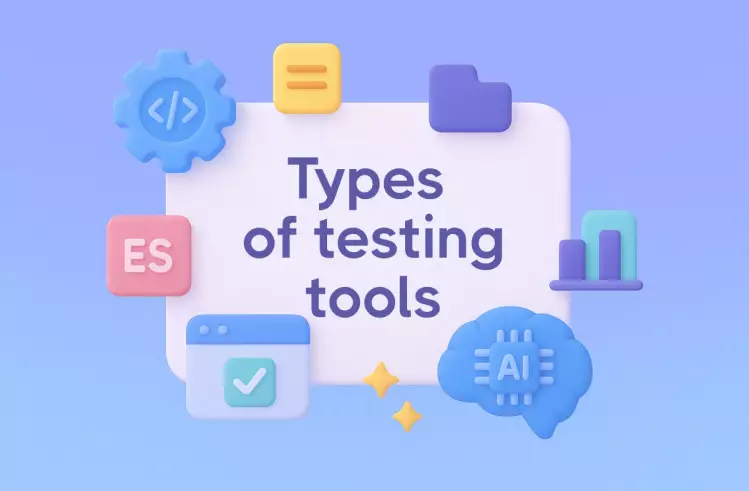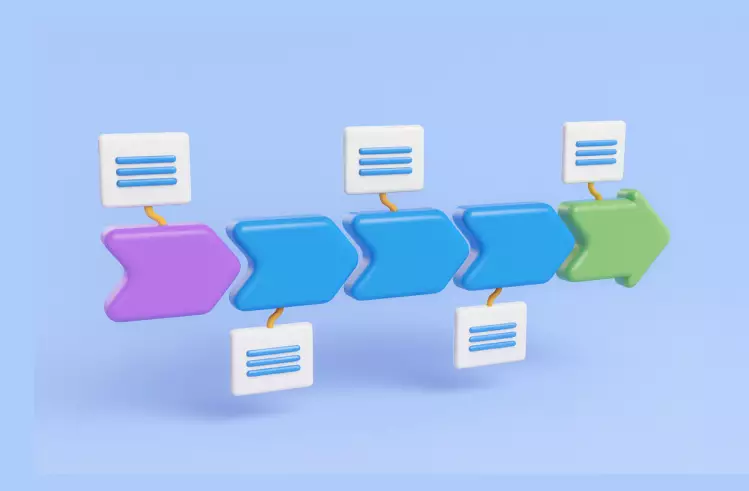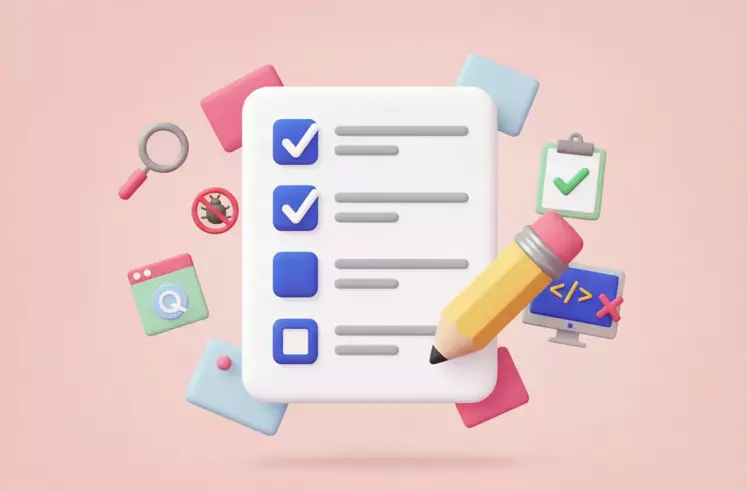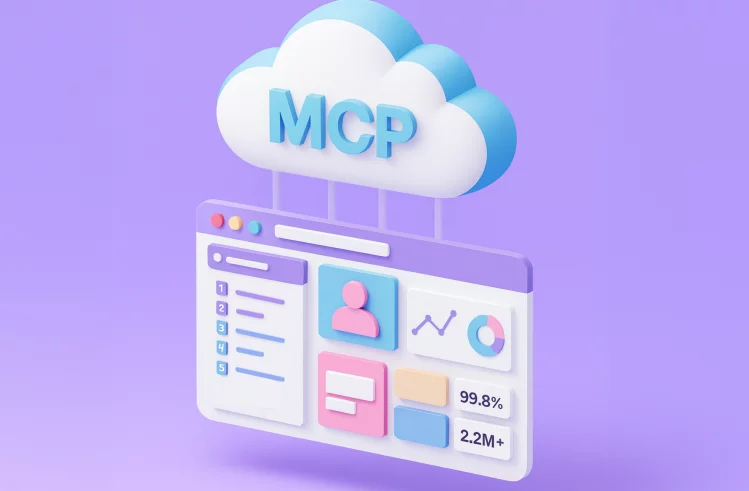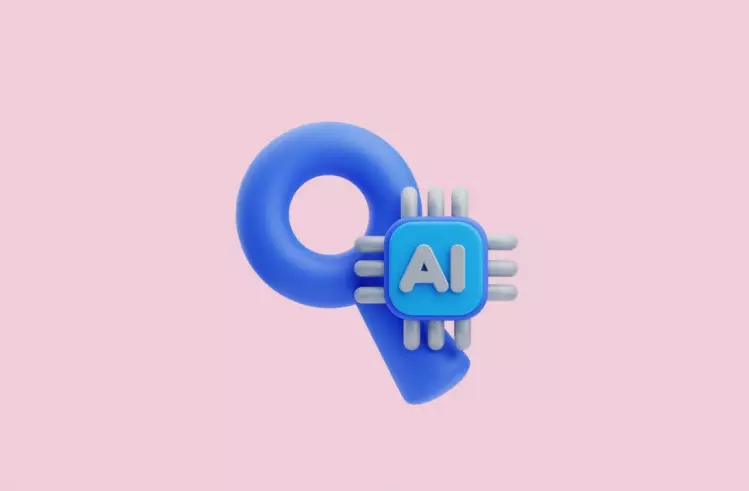Technical or operational requirements, NFR — are all different names for the same concept: non-functional requirements. They help development teams ensure that product features meet consumer and customer expectations. For example, this can be explained as follows: no matter how advanced functionality an app may have, it will not bring any value to the end user if it is unreliable and cannot satisfy customer needs not related clearly to app functionality. But depends on the scale in case of changing demand, security, appearance, usability etc.
Let’s discuss NFRs, their types, and their importance on the project below…
What are Non-Functional Requirements: Explore the Concept 🤔
NFR is a list of criteria that describe how the system works: its capabilities and limitations that affect the proper execution of the desired features.
You could say that these specific requirements are set to the quality of a digital product and focus on whether it will be affordable, reliable, secure, fast enough, etc.
Along with the NFR, the software product has functional requirements, i.e., some specifications that outline the app’s functionality.
What are Examples of Functional and Nonfunctional Requirements?
If we consider these two types of system requirements in terms of the tasks that the developers face, they can be defined as follows:
Functional requirements are the system functionality that a developer must implement for the user to achieve their goal. Examples of such requirements are:
- The system allows you to sign in to your account by entering your username and password.
- When registering a new account, the system sends a confirmation email to the specified email address.
- If the user forgets the password, the system must send an email to the verified email address to recover it.
Non-functional requirements are features and characteristics of the system that programmers must implement. And here are some examples:
- The website pages must load within 3 seconds with <10,000 concurrent visitors.
- The system must serve 10 million users without any performance degradation.
- An app that runs on the Windows 10 OS must maintain its behavior and performance on Windows 11.
Functional requirements are mandatory for every digital product; without them, it would be unclear what functionality users need. NFR teams sometimes see them as an optional element of the software development process and neglect them. This is a big mistake. Without these requirements, the product can work but hardly satisfy the users.
Therefore it is better to define both types of software requirement criteria at the beginning of the development!
What are the Main Types of Non-Functional Requirements?
There are dozens of NFRs that software systems developers can consider as needed. We will tell you about the ten most common ones:
→ Performance: an indicator of how efficiently a digital solution uses the resources needed to perform its features. In other words, it helps track how quickly the system responds to users’ requests.
Example: “A website page that supports 10,000 users per hour should load at a speed of 5 seconds in the Mozilla Firefox browser on desktop PCs.”
→ Scalability: the ability of the system to demonstrate performance change in direct proportion to the growth of workloads. It allows you to check whether the program can perform its tasks as efficiently if the number of simultaneous visits increases.
✅ Example: “The system should be able to handle an increase in the workload of up to 1 million simultaneous visits without losing optimal performance”.
→ Portability: a characteristic of a software product in terms of its portability from one environment to another. By the environment, in this case, we mean the operating system, the device used, the browser, and their versions.
✅ Example: “The site must be accessible to users regardless of device: in the operating system Microsoft Windows, macOS, and Android.”
→ Compatibility: the ability of software to interact with other system components: apps, and processes in the current environment.
✅ Example: “The app must be compatible with Android devices that run OS versions: 7.0, 8.0, 9, 10, 11, 12.”
→ Reliability: the ability of the app to function smoothly for a specified time and under specified conditions.
✅ Example: “The system should run smoothly 90% of the time within three months.”
→ Maintainability: the time it takes to restore the program functionality after an error occurs. The term MTTRS – Mean Time to Restore Service – is often used to measure this indicator.
✅ Example: “The average MTTRS after a system failure should be no more than five minutes.”
→ Availability: the ratio of the time when the system is available to users and the downtime due to failures. A quality app is characterized by rapid recoverability; ideally, this process should be automated.
✅ Example: “Videos should be available daily to Eastern European users 99% of the time.”
→ Security: the degree of security of the entire system and the data stored in it from unauthorized access due to hacker attacks.
✅ Example: “The system must be protected from unauthorized access: the user must enter an email address and password to log into the account.”
→ Localization: an indicator of how much a digital product is adapted to the specifics of a particular country. This can include interface and documentation translation, support for national standards, and more.
✅ Example: “The date in the system should be displayed in the format mm.dd.yyyy.”
→ Usability: the degree of ease of access to the program functions through the user interface. This indicator determines how many user actions will be needed to achieve the goal.
✅ Example: “The error rate of users when filling out the product order form should not exceed 5%.”
The use of one or other requirements varies depending on the project: the customer’s needs, expectations, and implemented functionality.
However, you can choose a few maximum universal NFRs (e.g., security, performance, and scalability) and use them as a template to work on a new product, gradually adding other indicators.
Document NFR Intelligently: Top Tips for Effective Development
It is important to formulate the quality requirements for a software product to help in its development and contribute to improving its performance. Here are a few recommendations on how to correctly document non-functional requirements:
Make sure every requirement can be measured. Without this, you can’t tell if the requirement is met. Write down the units of measurement, the methods of verification, and the indicator at which the requirement will be considered fulfilled.
Make a list of quality attributes. Determine which digital solution features will provide a good user experience. In their number, stick to the golden mean: if the list is too extensive, creating such a program may be unjustifiably expensive. In contrast, a lack of NFR will make it impossible to develop software that meets the expectations of customers, stakeholders, and consumers.
Make requirements for individual program components, not the entire system. To do this, consider what features your customers will use and pay special attention to them.
Structure the NFR to make it easier to understand. Some requirements seem overly broad and unclear, but that doesn’t make them less important. To structure and simplify them, answer a few questions: What exactly is the requirement set to? Is it a comprehensive system, its components, or a specific process?
- What do you plan to measure? This could be performance, scalability, maintainability, etc.
- What goal do you want to achieve? Understanding the desired outcome will help to compose the requirement as accurately as possible.
- What metrics will indicate success? Set clear values that let you know the requirement is being met.
Now let’s look at the possible answers and the non-functional requirement template formulated on their basis:
- The requirement is set for the system.
- We measure its reliability.
- Goal: trouble-free operation of the system.
- Indicator of success: 99% uptime in the first month.
The NFR would be: “The system must be reliable enough to guarantee 99% uptime in the first month of operation.”
Please note: Writing non-functional requirements, even with all the above recommendations, is not enough. It is important to monitor their effectiveness after the product reaches the end users. Collecting feedback will help: you can apply A/B testing, surveys, or usability evaluations.
Some of the risks associated with setting NFR
While it is challenging to create a decent product without clearly defined requirements for software quality, it is worth using such requirements with caution. Possible risks associated with NFR include:
- Unjustified increase in the development effort. Even a slight difference in the value of the set indicator can affect the timing and cost of creating a software product. For example, achieving system availability in 100% of cases is more difficult than in 99.9%. You must consider this to make the project cost commensurate with the result obtained.
- An ever-increasing number of requirements. By introducing several standard NFRs into the development process, there is a chance that you may not be able to stop in time, finding more and more opportunities to improve the product. As a result, the project scope can get out of control.
- NFR under-prioritization. As a rule, stakeholders pay more attention to functional requirements because they are more tangible and understandable. At the same time, they often want to speed up development by neglecting non-functional ones. In this matter, it is important to maintain a balance because the app can’t fully perform its functions without NFR.
- Negative effect on other systemic indicators. For example, note whether the app’s stringent performance requirements affect its security.
If set system quality requirements responsibly, they can benefit both the development team and the project manager. Competent NFRs speed up development, reduce the number of errors and increase user satisfaction. Let’s talk about it in more detail.
Benefits of Non-functional Requirements for Teams and Management Representatives
Some IT professionals perceive NFRs as an additional headache while working on a project. But in the end, these criteria simplify development by making user expectations clearer. So what are the benefits of product quality requirements for developers?
- Create a holistic vision of the final solution. With NFR, the team goes step by step to achieve the desired metrics, whereas, without it, the team implements features without understanding why it’s needed.
- Provide baseline metrics. With these requirements, developers understand what characteristics the app must have for it to always perform its functions.
- Reduce bugs and rework. Quality attributes, especially those used to measure performance and reliability, allow programmers to write high-quality code without redoing the work.
- Make customer expectations clearer to developers. NFRs help the IT team understand the end user’s needs and implement the desired functionality as accurately as possible.
There is also some benefit to the project manager from NFR:
- Help to meet deadlines. Without these requirements, code quality is degraded, which significantly lengthens the SDLC at the expense of frequent error correction.
- Allow you to save money. This advantage is a direct consequence of the previous one because extra hours spent on development always mean extra costs.
- Increase customer satisfaction. With NFR, you can be sure you’re giving your users exactly the digital solution they need.
- Help avoid unnecessary risks. Here we are talking about a security requirement; without it, your customers’ data could be subject to unauthorized access.
Projects that do not consider non-functional requirements run a higher risk of failure than projects with established NFRs. So don’t neglect them in an attempt to reduce development time and cost.
Non-Functional Requirements Performance in the SAFe Context
Modern Agile teams often use the Scaled Agile Framework (SAFe), a flexible solution for software development. Therefore, we thought it appropriate to mention the implementation of working with NFR within this framework.
Also read to this subject:
In SAFe, non-functional requirements are associated with work in progress. To verify that these requirements are met, teams use built-in quality assurance tools; they enable continuous testing of NFRs. To do this, developers include the necessary quality attributes in their Definition of Done, a list of criteria to determine if the development goal has been met.
Non-functional requirements for software allow you to create an app that will best meet the needs of users. Ignoring them can lead to slower development of a digital solution, uncontrollable increases in the project budget, and lower software quality.
To avoid these problems, we recommend that you take a responsible approach to compiling NFRs, implementing them in your work process, and continuously monitoring execution.

